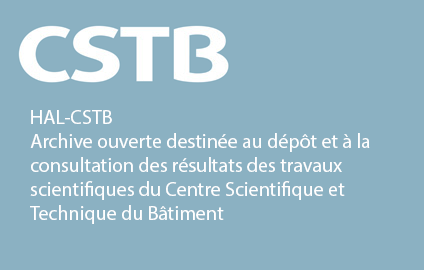A Paradox of LED Road Lighting: Reducing Light Pollution Is Not Always Linked to Energy Savings
Résumé
A variety of LED types can be employed for street and road lighting purposes. White phosphor-converted LEDs represent the most widely used option. However, amber LEDs are increasingly being used to reduce some negative effects associated with light pollution. These LEDs can be manufactured using both phosphor-converted and monochromatic direct chip technologies. This paper addresses the link between the reduction in short-wavelength light emissions which contribute to sky glow and the energy efficiency of LED-based road lighting. This paper focuses on an example illustrating the common misconception that reducing light pollution also means saving energy. Through the consideration of how spectral power distribution influences both mesopic vision and the amount of emitted blue light, it has been concluded that while monochromatic direct amber LEDs consume more energy than their white or amber phosphor-converted counterparts, their use in outdoor lighting is justifiable due to their potential effects of reducing sky brightness.
| Origine | Fichiers produits par l'(les) auteur(s) |
|---|



